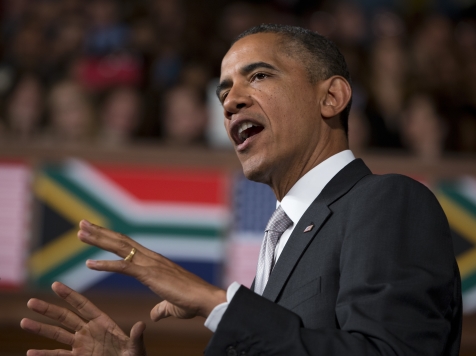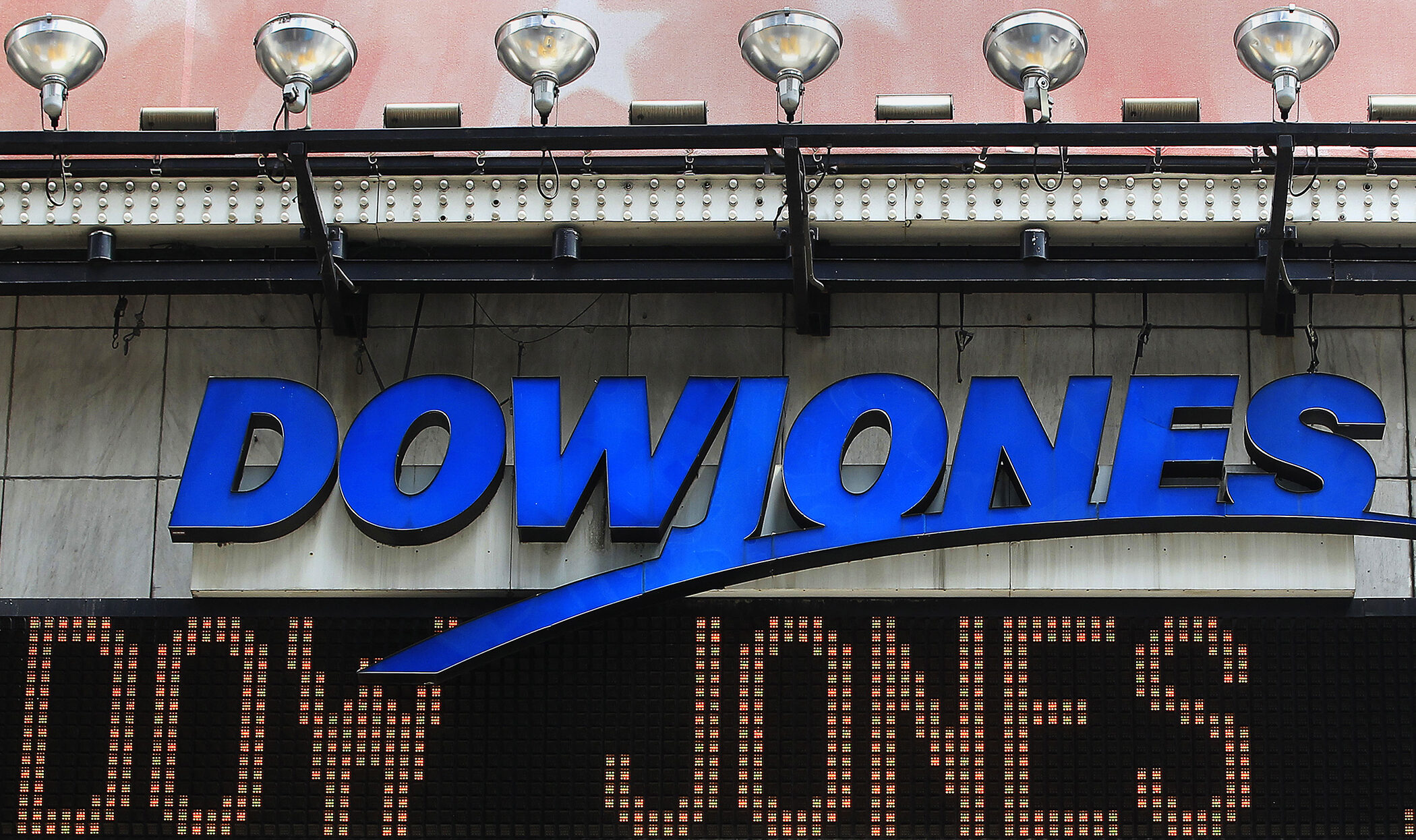Aug. 4 (GIN) – A proposed U.S. wind farm in Kenya must first overcome objections by farmer David Kinyanjui who says the farm would desecrate ancestral land where his father and mother are both buried.
Mr. Kinyanjui has joined other farmers in Kenya’s Rift Valley who intend to fight the Kinangop wind farm – part of President Obama’s signature “Power Africa” plan for the continent.
The U.S. program links private investors with capital to build energy projects from dams to wind farms.
More than two-thirds of sub-Saharan Africans lack electricity, according to U.S. government figures. In rural areas, that climbs to 85%. Sub-Saharan Africa is expected to need more than $300 billion in investment to reach universal electricity access by 2030.
Kenya, considered a business-friendly country that works well with foreign companies and aid agencies, was expected to launch the wind project without a hitch. Power in Kenya has been unreliable – two transmission lines failed last year causing a nationwide blackout.
But the Kinangop wind farm ran into trouble almost immediately. Some 30 houses slated for demolition to make way for the turbines, upset residents who would be evicted. Local politicians and activists were said to be stirring up opposition while creating new demands.
“We’ve been spending a lot of time talking about what the project is, why it works, why you can’t just dig into your pocket and pull out more money,” said Kameel Virjee, East Africa director for African Infrastructure Investment Managers, or AIIM, told Heidi Vogt of the Wall St. Journal.
Kinangop, as planned, will supply enough power for 150,000 homes by the middle of 2015. Residents would receive 100,000 Kenyan shillings (about $1,100) a year for each wind turbine plot. A politician leading the fight says they deserve about five times that.
“The first investors never came clean to my people. They gave them a very raw deal,” said parliamentarian Stephen Kinyanjui Mburu, who represents the area.
Power Africa projects include the Reykjavik Geothermal located in the Corbetti volcanic complex, south of Addis. A two stage project, it would start at 10 MW by 2015, to be then ramped up to 100 MW in 2016 and 500 MW by 2018. The second phase of the project is then expected to be generating by 2021.
More funding for this and other development projects are slated to be announced at this week’s U.S.-Africa Summit in Washington, DC, including nearly $1 billion in business deals, increased funding for peacekeeping and billions of dollars to expand food and power programs in Africa.
Other projects are in Tanzania, Ghana, Nigeria and Liberia. w/pix of Pres. Obama unveiling $9 billion Power Africa plan







